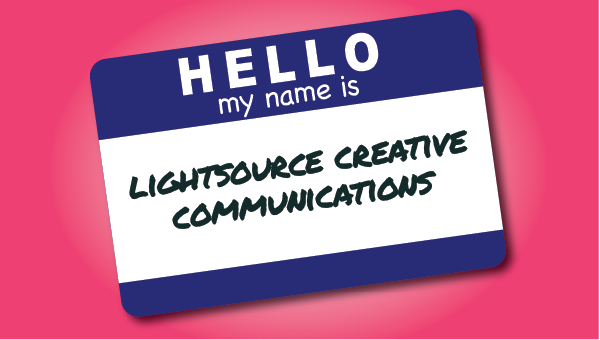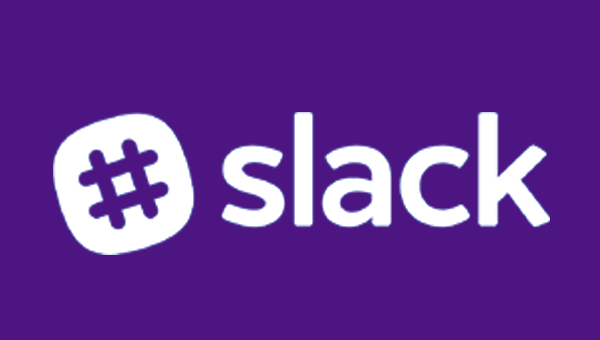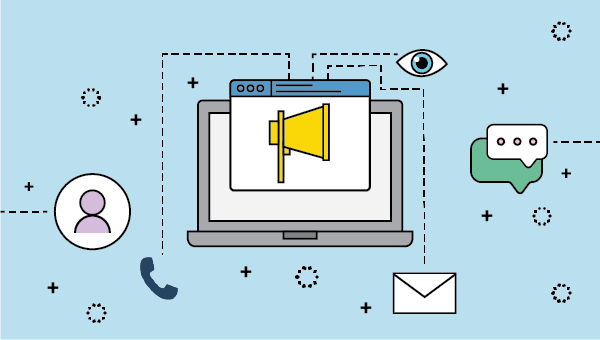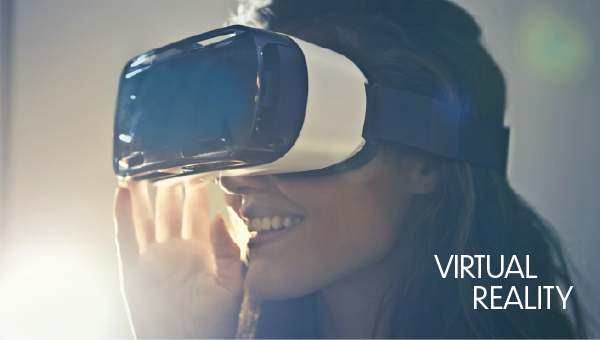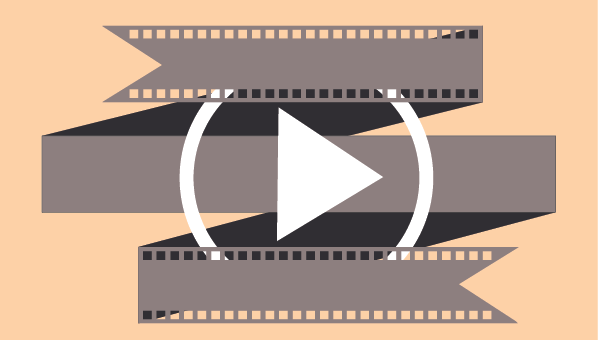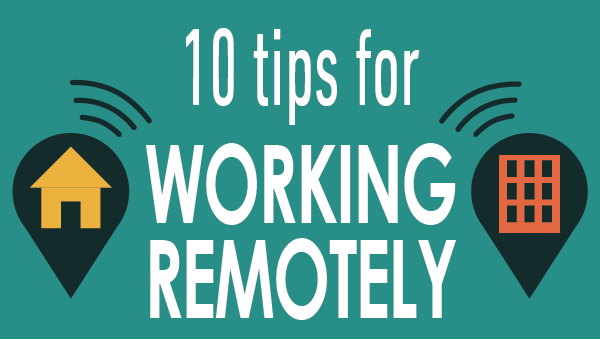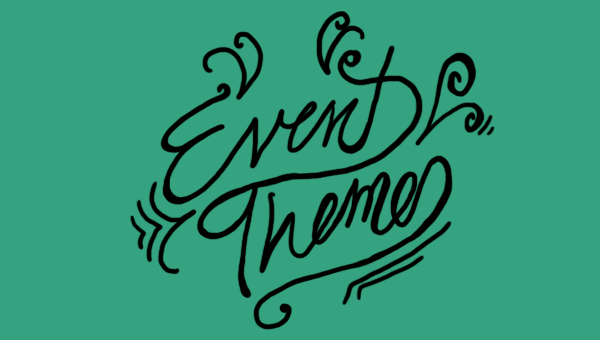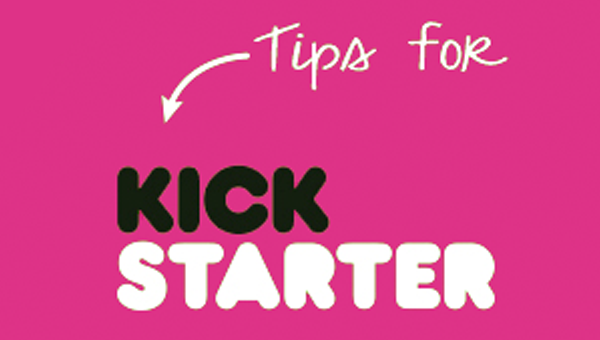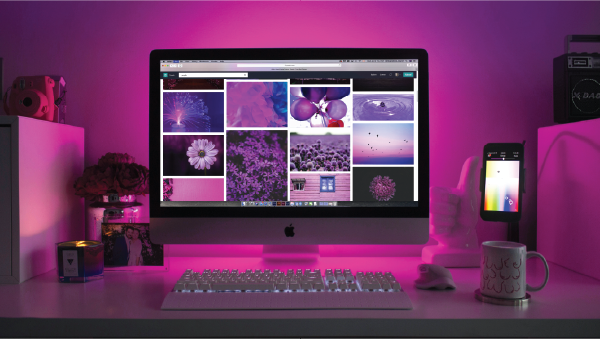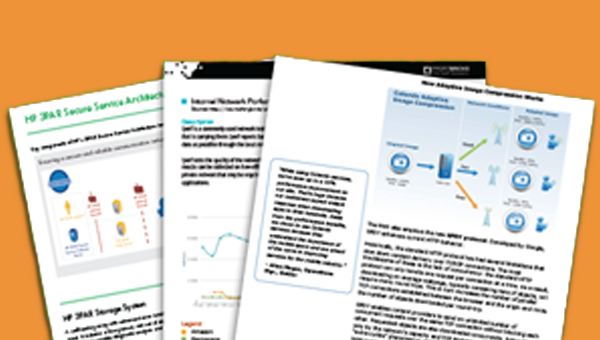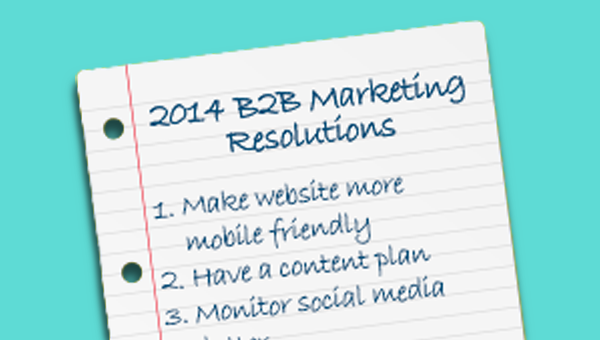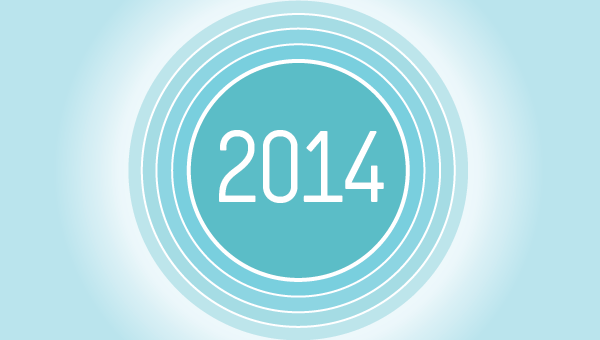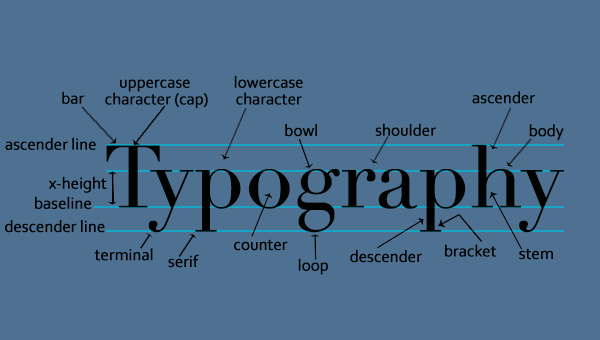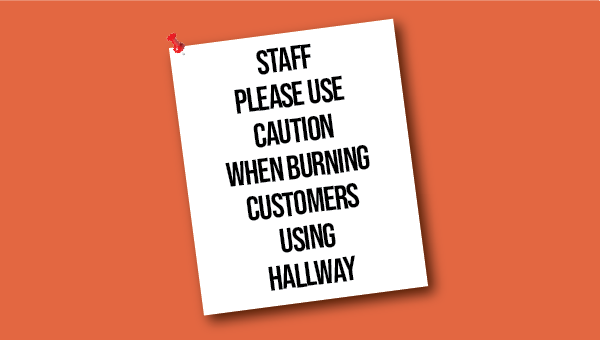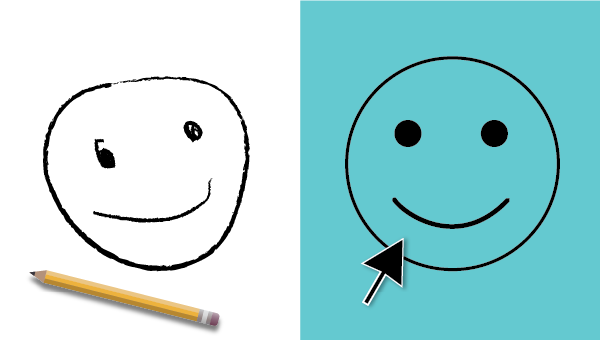Is there a future in crowdsourcing?
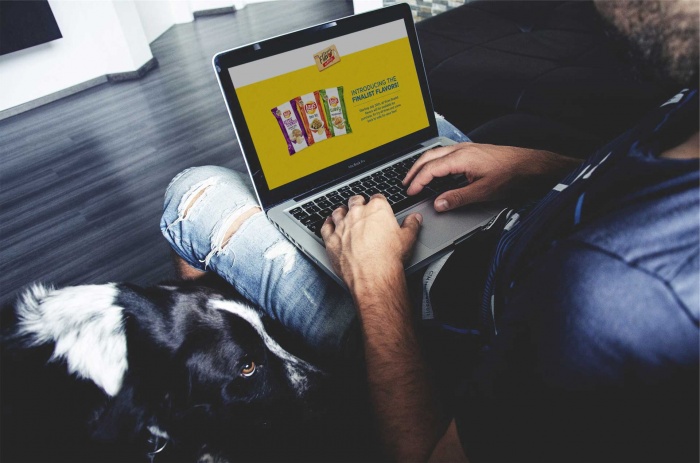
While the term crowdsourcing was coined by Jeff Howe and Mark Robinson of Wired Magazine in 2005, it is not a new idea. In 1714, the British government offered a prize to whoever came up with the best way to measure a ship’s longitudinal position. This successful program resulted in nine prizes being awarded for solutions in multiple disciplines. Contemporary firms also realize the power in taking advantage of crowdsourcing. Crowdsourcing typically uses the internet and an open call format to accomplish a task for a company. The question is not will crowdsourcing persist, but rather, how can you use crowdsourcing to achieve your specific goals? Crowdsourcing can generate ideas or add needed resources and skill sets. It can create customer engagement. Additionally, it can be used to ask what people think of your idea before putting it on the market, helping reduce the risk of a product or service failing at release. Consider recent examples in order to identify ways crowdsourcing might work for your company. You can implement it in different ways and for different purposes: a simple tweet, a contest or campaign, or a comprehensive approach to solving a company mission.
Asking for Ideas
In June 2017, Amazon founder Jeff Bezos used Twitter to crowdsource ideas for philanthropy. “I’m thinking I want much of my philanthropic activity to be helping people in the here and now—short term—at the intersection of urgent need and lasting impact,” Mr. Bezos tweeted. At the time of this writing, this tweet had gathered 46,000 comments, 10,000 retweets, and 21,000 favorites.
Customer Engagement
After noticing customers doodling on their cups, Starbucks created a contest. Customers were to decorate a Starbucks cup with customized art, take a photo of it, and submit the design through social media using #WhiteCupContest. Starbucks aggregated the submissions on their Pinterest page. Thousands of cups were submitted. The customers interacted, and then posted a picture of their cup, further promoting Starbucks coffee. The winning design was printed on a plastic reusable cup.
Product Development
It has become common for tech companies to offer contests to accomplish a specific coding objective or engineering need. Similarly, Frito Lay has used “Do Us a Flavor” to develop new products. They offered a $1 million prize for the best idea on a new flavor for Lay’s Potato Chips. Participants pitched a flavor idea with their story of the inspiration, creating excitement and personal connection for those tracking the contest. TV shows, such as Hawaii Five-0 and Terror, have used crowdsourcing to influence how the season will end. Fans vote for their preferred ending. They are inspired to do more than just watch, they become active participants, often telling others of the opportunity and spreading awareness of the show via word of mouth and social media.
Social Change
revReading.org, which discovered that small changes in text format dramatically impact reading comprehension, prepared to share their IP in an effort to change the world quickly. They crowdsourced additional research by inviting educators and researchers to validate their results. Their hope was that by sharing their IP with technology providers, they could crowdsource more effective reading platforms. Their goal was to crowdsource a movement rather than build a corporate empire.
Benefits
Crowdsourcing is likely to offer an opportunity to engage with customers in new and important ways. If consumer mindshare is your goal, then crowdsourcing has proven effective at developing it. Customers want to be heard and have influence in products. Creating a personal connection by getting them engaged in your work, leads to greater brand loyalty. Additionally, when consumers engage in your work, you have created the opportunity for them to feel belonging and connection, meeting those human needs. The intrinsic motivation of consumer participants frequently produces surprising results. The diversity of background involved can be significantly increased, generating fresh and novel perspectives that lead to better product outcomes. Customers can add to the design process as you gain access to the insight and creativity of many more minds thinking about a problem. As product developers take more holistic approaches to understanding customer experiences, they find more opportunities for crowdsourcing to fill critical roles in product design. What will you use crowdsourcing to accomplish?

